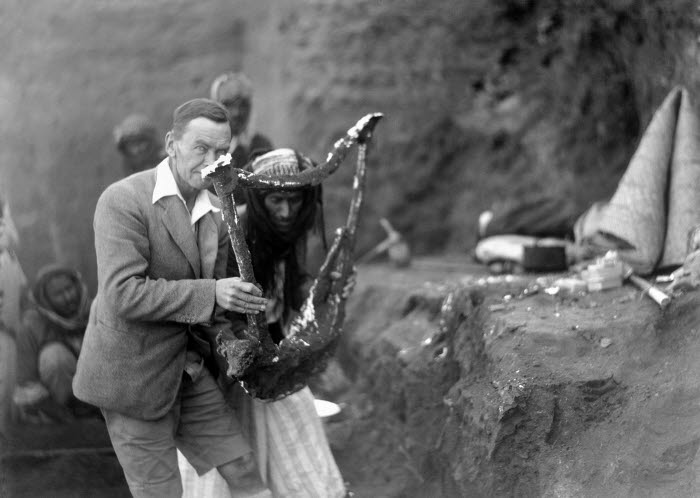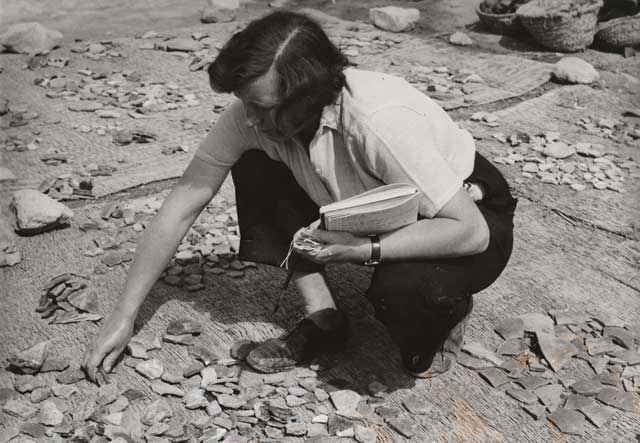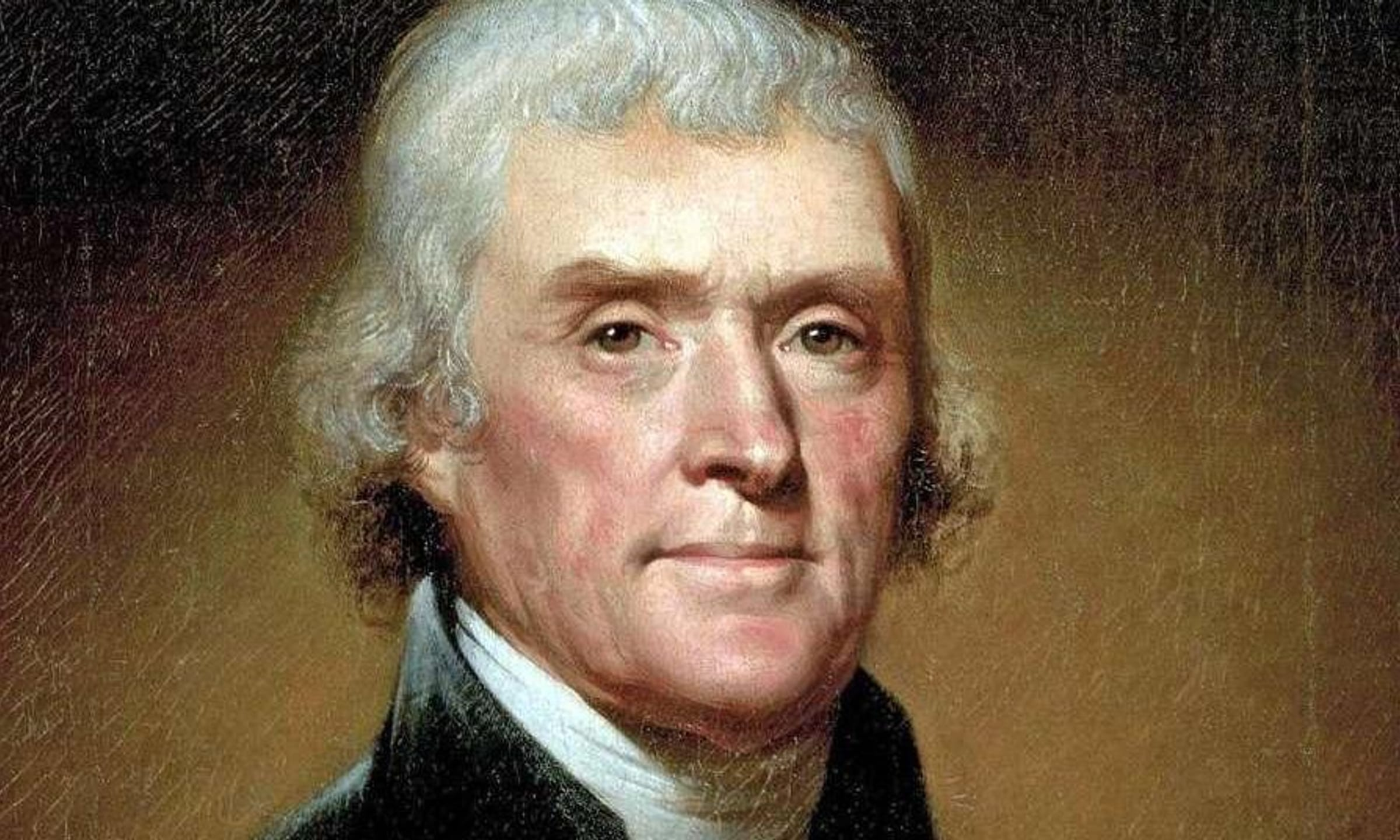Archaeology is the study of human history and prehistory through the excavation and analysis of artifacts, structures, and other physical remains. It is a discipline that has captured the imagination of people for centuries, and has led to some of the most groundbreaking discoveries about our past. From ancient civilizations to lost cities, archaeologists have uncovered the secrets of our ancestors and helped us to understand the incredible diversity and complexity of human cultures throughout history.
Over the years, there have been many influential archaeologists who have made significant contributions to the field. These individuals have dedicated their lives to uncovering the mysteries of the past, and have forever changed the way we think about human history. In this article, we will explore the top 12 most influential archaeologists in history, and examine their groundbreaking discoveries and lasting impact on the field.
Howard Carter

Howard Carter was a British archaeologist who is best known for his discovery of the tomb of Tutankhamun in 1922. Carter had been working in Egypt for many years, and had become convinced that there were still undiscovered tombs in the Valley of the Kings. With the financial backing of Lord Carnarvon, Carter began excavating in the valley and eventually stumbled upon the entrance to Tutankhamun’s tomb.
The discovery of Tutankhamun’s tomb was a sensation, and Carter became an instant celebrity. The tomb was filled with incredible treasures, including gold artifacts, jewelry, and the famous golden death mask of Tutankhamun. Carter’s discovery captured the imagination of the public and sparked a renewed interest in ancient Egyptian history and culture.
Despite the incredible success of his discovery, Carter’s relationship with the Egyptian authorities became strained, and he was eventually banned from working in Egypt. Nevertheless, his legacy as one of the most important archaeologists in history is secure, and his discovery of Tutankhamun’s tomb remains one of the most significant archaeological finds of all time.
Hiram Bingham

Hiram Bingham was an American archaeologist who is best known for his discovery of the ancient Inca city of Machu Picchu in 1911. Bingham had been exploring the Andes Mountains in Peru, and had become convinced that there were still undiscovered Inca ruins in the region. With the help of local guides, Bingham eventually stumbled upon the incredible site of Machu Picchu, which had been hidden in the mountains for centuries.
The discovery of Machu Picchu was a sensation, and Bingham became an instant celebrity. The site was incredibly well-preserved, with stunning architecture and intricate stone workings that had survived for hundreds of years. Bingham’s discovery helped to shed new light on the Inca civilization and sparked a renewed interest in the study of ancient South American cultures.
Despite the incredible success of his discovery, Bingham’s methods and motivations have been called into question in recent years. Some have accused him of looting artifacts from the site and of being more interested in personal glory than in scientific discovery. Nevertheless, his legacy as one of the most important archaeologists in history is secure, and his discovery of Machu Picchu remains one of the most significant archaeological finds of all time.
Sir Arthur Evans

Sir Arthur Evans was a British archaeologist who is best known for his excavations at the ancient site of Knossos on the island of Crete. Evans had been interested in the ancient Minoan civilization for many years, and had become convinced that the site of Knossos held the key to understanding this mysterious culture.
In 1900, Evans began excavating at Knossos and quickly made a series of incredible discoveries. He uncovered the remains of a vast palace complex, complete with stunning frescoes, intricate carvings, and a sophisticated plumbing system. Evans’s discoveries helped to shed new light on the Minoan civilization and established Knossos as one of the most important archaeological sites in the world.
Despite the incredible success of his excavations, Evans’s methods have been criticized by some modern archaeologists. He has been accused of over-restoring the site and of making assumptions about Minoan culture that were not necessarily supported by the evidence. Nevertheless, his legacy as one of the most important archaeologists in history is secure, and his excavations at Knossos remain a cornerstone of our understanding of ancient Crete.
Leonard Woolley

Leonard Woolley was a British archaeologist who is best known for his excavations at the ancient Sumerian city of Ur in Iraq. Woolley had been interested in the ancient civilizations of Mesopotamia for many years, and had become convinced that the site of Ur held the key to understanding the origins of civilization itself.
In 1922, Woolley began excavating at Ur and quickly made a series of incredible discoveries. He uncovered the remains of a vast city, complete with stunning temples, palaces, and a sophisticated drainage system. Woolley’s discoveries helped to shed new light on the ancient Sumerian civilization and established Ur as one of the most important archaeological sites in the world.
One of Woolley’s most famous discoveries was the so-called “Standard of Ur,” a decorated wooden box that depicted scenes of war and peace in ancient Sumer. The Standard of Ur has become one of the most iconic artifacts of ancient Mesopotamia and has helped to shed light on the complex social and political structures of this ancient civilization.
Despite the incredible success of his excavations, Woolley’s methods have been criticized by some modern archaeologists. He has been accused of over-interpreting the evidence and of making assumptions about Sumerian culture that were not necessarily supported by the facts. Nevertheless, his legacy as one of the most important archaeologists in history is secure, and his excavations at Ur remain a cornerstone of our understanding of ancient Mesopotamia.
Mortimer Wheeler

Mortimer Wheeler was a British archaeologist who is best known for his contributions to the field of archaeological methodology. Wheeler was a pioneer in the use of stratigraphic excavation techniques, which involve carefully excavating a site layer by layer in order to understand the chronology of the artifacts and structures being uncovered.
Wheeler’s approach to archaeology was highly systematic and scientific, and he helped to establish archaeology as a rigorous academic discipline. He also played a key role in the establishment of the Institute of Archaeology in London, which has become one of the most important centers for archaeological research and training in the world.
In addition to his methodological contributions, Wheeler made a number of important archaeological discoveries throughout his career. He excavated the ancient Roman city of Verulamium in England and the ancient Indian city of Taxila in Pakistan, among other sites. His work helped to shed new light on the complex societies of the ancient world and established him as one of the most important archaeologists of his generation.
Kathleen Kenyon

Kathleen Kenyon was a British archaeologist who is best known for her excavations at the ancient city of Jericho in the West Bank. Kenyon had been interested in the archaeology of the Near East for many years, and had become convinced that the site of Jericho held the key to understanding the origins of urbanism and civilization in the region.
In the 1950s, Kenyon began excavating at Jericho and quickly made a series of incredible discoveries. She uncovered the remains of a massive stone tower and a series of fortification walls that dated back to the Neolithic period, making them some of the oldest urban structures ever discovered. Kenyon’s discoveries helped to shed new light on the early development of cities and the rise of complex societies in the Near East.
Despite the incredible success of her excavations, Kenyon’s interpretations of the evidence from Jericho have been challenged by some modern archaeologists. In particular, her claim that the city was destroyed by the Israelites as described in the Bible has been called into question. Nevertheless, her legacy as one of the most important archaeologists in history is secure, and her excavations at Jericho remain a cornerstone of our understanding of early urbanism in the Near East.
Louis Leakey

Louis Leakey was a Kenyan-British archaeologist and paleoanthropologist who is best known for his contributions to the study of human origins. Leakey spent much of his career exploring the Olduvai Gorge in Tanzania, where he and his team made a series of groundbreaking discoveries that helped to shed light on the early evolution of human ancestors.
In 1959, Leakey and his wife Mary discovered the skull of a hominid that they named “Zinjanthropus,” which was later reclassified as Paranthropus boisei. This discovery helped to establish the Olduvai Gorge as one of the most important sites for the study of human evolution, and cemented Leakey’s reputation as one of the leading paleoanthropologists of his generation.
Throughout his career, Leakey made a number of other important discoveries, including the remains of Homo habilis, one of the earliest known species of the genus Homo. He also played a key role in the establishment of the Leakey Foundation, which has become one of the most important organizations for the funding and support of research into human origins.
Despite the incredible success of his research, Leakey’s methods and interpretations have been challenged by some modern scientists. In particular, his claims about the importance of certain hominid species and the role of hunting in human evolution have been called into question. Nevertheless, his legacy as one of the most important archaeologists and paleoanthropologists in history is secure, and his contributions to the study of human origins continue to shape our understanding of our place in the natural world.
Mary Leakey

Mary Leakey was a British paleoanthropologist who worked alongside her husband Louis Leakey in the study of human origins. Like Louis, Mary made a number of groundbreaking discoveries throughout her career, including the first fossilized remains of Proconsul, an early primate that lived in Africa around 18 million years ago.
Perhaps Mary’s most famous discovery came in 1978, when she and her team uncovered the footprints of early hominids at the site of Laetoli in Tanzania. These footprints, which were preserved in volcanic ash, provided the first clear evidence of bipedalism in early human ancestors and helped to shed light on the evolution of human locomotion.
Throughout her career, Mary Leakey made a number of other important contributions to the study of human origins, including the discovery of the Zinjanthropus skull alongside her husband Louis. She also played a key role in the establishment of the Leakey Foundation and helped to inspire a new generation of paleoanthropologists and archaeologists.
Despite the incredible success of her research, Mary Leakey’s contributions to the field of paleoanthropology were often overshadowed by those of her husband Louis. However, in recent years, her legacy has been increasingly recognized, and she is now widely regarded as one of the most important figures in the study of human origins.
Robert Braidwood

Robert Braidwood was an American archaeologist who is best known for his contributions to the study of the origins of agriculture and the rise of early civilizations in the Near East. Braidwood was a pioneer in the use of interdisciplinary approaches to archaeology, and he helped to establish the field of archaeobotany, which involves the study of plant remains from archaeological sites.
Throughout his career, Braidwood made a number of important discoveries that helped to shed light on the early development of agriculture and the rise of complex societies in the Near East. He excavated the site of Jarmo in Iraq, which provided evidence of early agricultural practices dating back to around 7000 BCE. He also explored the site of Çayönü in Turkey, which yielded important insights into the early development of animal domestication and the rise of settled village life.
Braidwood’s work helped to challenge prevailing theories about the origins of agriculture and the rise of civilization, and he played a key role in the development of new interdisciplinary approaches to the study of the past. His legacy continues to shape our understanding of the early history of human societies and the complex processes that led to the emergence of agriculture and urbanism.
Gordon Childe

Vere Gordon Childe was an Australian archaeologist and philologist who is best known for his contributions to the study of European prehistory and the development of archaeological theory. Childe was a pioneering figure in the field of archaeology, and his ideas about the nature of cultural evolution and the role of technology in human societies continue to influence the discipline to this day.
One of Childe’s most important contributions to archaeology was his concept of the “Neolithic Revolution,” which he used to describe the transition from hunter-gatherer societies to agricultural societies in the Near East and Europe. Childe argued that this transition represented a major turning point in human history, and that it laid the foundations for the development of complex societies and the rise of civilization.
Childe also made important contributions to the study of European prehistory, particularly in the areas of the Neolithic and Bronze Age. He excavated a number of important sites throughout Europe, including the famous site of Skara Brae in Scotland, which provided important insights into the lives of early agricultural communities.
Despite the incredible success of his research, Childe’s ideas about cultural evolution and the role of technology in human societies have been challenged by some modern archaeologists. Nevertheless, his legacy as one of the most important theorists in the history of archaeology is secure, and his contributions to the study of European prehistory and the development of archaeological theory continue to shape the discipline to this day.
Conclusion
The individuals discussed in this article represent some of the most influential and important archaeologists in history. Through their groundbreaking discoveries, innovative methodologies, and contributions to archaeological theory, these individuals have helped to shape our understanding of the human past and the complex processes that have led to the development of human societies.
From the discovery of ancient Egyptian tombs to the excavation of early agricultural communities in the Near East, these archaeologists have uncovered incredible insights into the lives and cultures of our ancestors. They have also helped to establish archaeology as a rigorous scientific discipline, with a set of methods and theories that allow us to systematically study the material remains of the past.
As we continue to explore the mysteries of the human past, the legacy of these influential archaeologists will undoubtedly continue to inspire and guide future generations of researchers. Their contributions to the field have laid the foundation for countless new discoveries and insights, and their impact on our understanding of the world around us will be felt for generations to come. So while the work of archaeology is far from complete, we can be grateful for the incredible contributions of these pioneering individuals, who have helped to shed light on the incredible diversity and complexity of the human experience.

